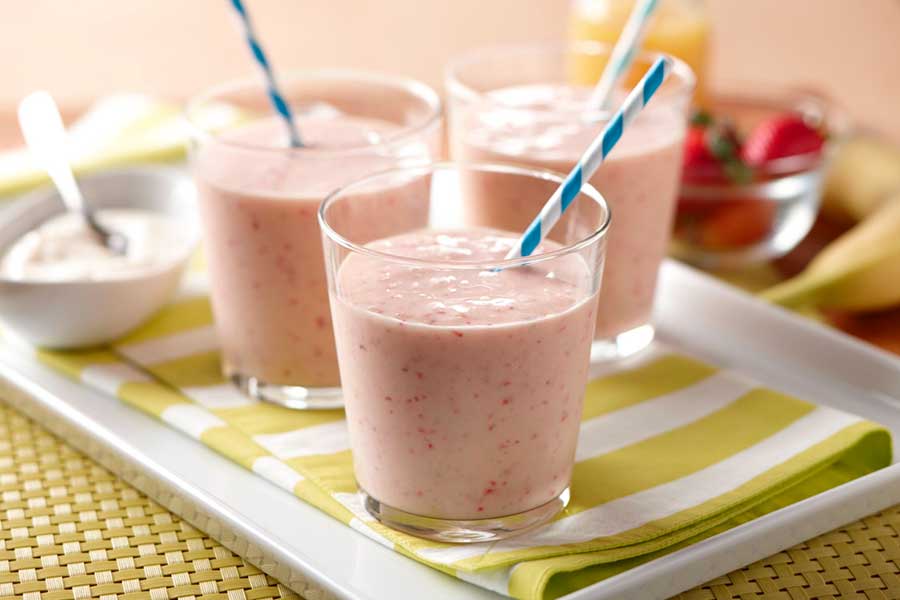Protect Your Heart in the Heat
July 8, 2019
By Amy Bentz, MercyOne
Whatever brings you outside — a bike ride with friends, a walk around the block or a barbecue with family — it’s important to stay safe when the temperature rises.
“When it gets hot outside, your heart has to beat faster and work harder to pump blood to the surface of your skin to assist with sweating to cool your body,” says Dr. Eric Martin, cardiologist and medical director of the MercyOne Iowa Heart Center Prevention & Wellness Clinic. “If your body can’t cool itself enough, strain is put on the heart, and organs can begin to suffer damage.”
Dr. Martin says anyone can suffer heat stroke, but people with heart disease and other cardiovascular diseases are at greater risk. If you have heart disease, your heart may not be able to work harder in the heat to maintain cooler body temperatures.
Some medications prescribed to patients with heart conditions reduce water in the bloodstream. These medications can reduce a person’s ability to cool off in the heat. “If you have been prescribed diuretics or beta-blockers, ask your doctor how much water to drink for hot conditions versus milder temperatures and listen to your body,” says Dr. Martin.
Symptoms of Heat Exhaustion
Heat exhaustion is a form of heat sickness that can lead to heat stroke. The symptoms include:
Heavy sweating with cool, moist/clammy skin
Dizziness and light-headedness
Nausea and vomiting
Headaches
Weakness
Dark urine
If you experience these symptoms, move to a cooler place, stop exercising (if you are) and cool down immediately by using cool wet cloths, compresses and fanning. Drink cool water as well. You may need to seek medical attention.
Symptoms of Heat Stroke
Heat stroke is an emergency. If you experience the following symptoms, apply cool water to your skin immediately and seek medical help right away.
High fever (temperature above 104 degrees F)
Hot, dry, red skin without sweating
Pounding pulse
Rapid shallow breathing
Nausea and/or vomiting
Extreme confusion or dizziness
Unconsciousness or seizures
Tips for Staying Safe in the Heat
Everyone is at risk in high heat, but the risks are even higher for those with heart disease or high blood pressure. A few simple tips can help you prevent both heat exhaustion and life-threatening heat stroke. Remember, while heat stroke may happen after only a short time in high temperatures, heat exhaustion results from days of exposure to high heat and can progress to heat stroke.
Whether it’s a single hot day or a heat wave, remember these tips to stay cool and safe.
- Avoid vigorous physical activity in high heat. No task or exercise program is worth risking your life. Make plans to complete a task when the weather cools. Move your exercise program to an indoor gym or pool.
- Stay hydratedby drinking water and sports drinks that contain electrolytes. Water is critical to all functions in your body. Electrolytes not only help balance hydration in your body, they also help keep the body’s natural electrical system that governs your heartbeat working correctly.
- Avoid caffeine and alcohol. These beverages can contribute to dehydration.
- Choose a cooler environment. Switch your air conditioning on. If you don’t have air conditioning, use fans and periodically apply cool water to your skin. If your home is still not cool enough, go to an air-conditioned mall, senior center, friend’s house or library.
- Wear light-colored, lightweight clothing. Put on breathable fabrics such as cotton, or a synthetic fabric that repels sweat. Add a hat and/or sunglasses.
- Apply sunscreen. Take time to put on sunscreen before you go outside. A sunburn can make it harder for your body to stay cool.
Cool Off with a Refreshing Smoothie
 Looking for a refreshing breakfast or snack option to beat the heat? This Berry Banana Smoothie recipe from AE Dairy is a quick and easy option.
Looking for a refreshing breakfast or snack option to beat the heat? This Berry Banana Smoothie recipe from AE Dairy is a quick and easy option.
2 bananas*
1 cup AE Orange Juice
1 cup sliced fresh strawberries**
2- 5.3 ounce cartons AE Banana Custard or Strawberry Whole Milk Yogurt
8-10 ice cubes
Blend all ingredients until smooth.
*For a milkshake-like consistency, use frozen bananas and omit the ice cubes. To freeze bananas, use ripe but firm fruit. Peel bananas, place on a cookie sheet and freeze until firm. Wrap tightly with plastic wrap and store in zip-top bags until ready to use.
**Fresh raspberries or blueberries may be substituted.
Find the full recipe here.